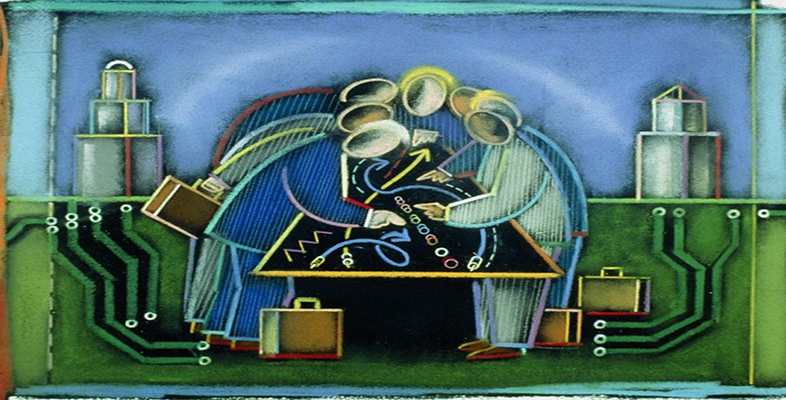5.1 Recognising a core competence/capability
Prahalad and Hamel (1990) suggest that recognising a core competency when you see one hinges on the answers to three questions:
- Does the competence provide access to a wide variety of markets?
- Does the competence make a significant contribution to the perceived customer benefits of the end products?
- Is the competence difficult to imitate?
If the answer is yes to all three, the competence is probably core to the organisation. However, and as previously noted, not all competences (or capabilities) are of equal strategic importance; although even when they are not, they may still be significant in that their absence would be detrimental to the organisation in some way. The four characteristics that are commonly accepted as defining a strategic resource are: value, rarity, inimitability and non-substitutability (commonly referred to as the VRIN criteria). To help differentiate between what is what and why, Leonard (1995) usefully outlines three levels of capability (her preferred term) that give increasing levels of strategic significance: supplemental, enabling and core capabilities.
Activity 1
Using an organisation that you are familiar with, or one of your choice, use the criterion set out above to identify at least one core competence.
We have already established that a core capability is the most valuable to an organisation due to its strategic importance and the difficulty a competitor would have in imitating it because organisations build up core capabilities over a long period. Enabling and supplemental capabilities have less competitive importance.
